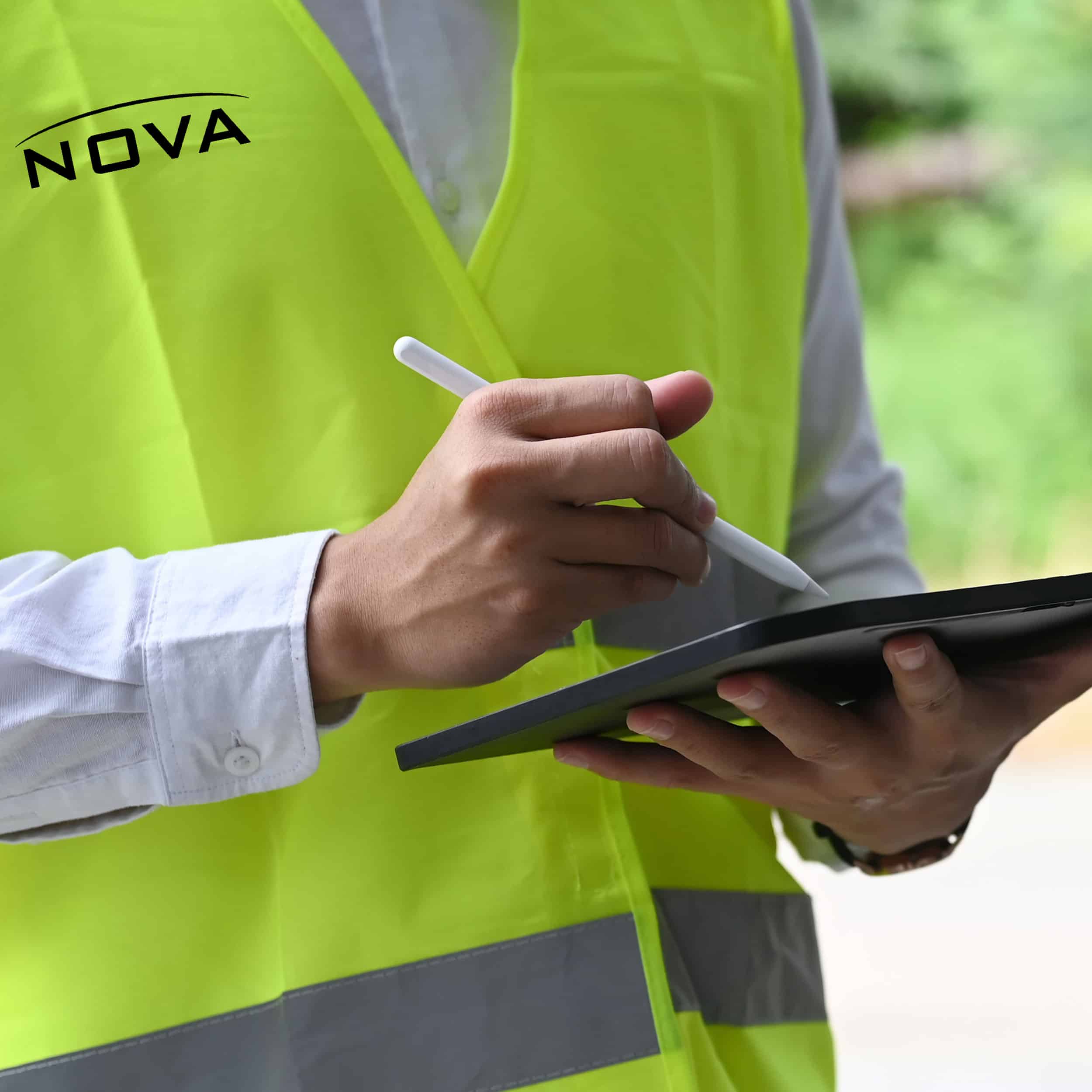Hurricane season is approaching, and industries that conduct sensitive environmental operations must pay close attention to weather forecasts and predictions about how this upcoming season will play out.
This year, the National Oceanic and Atmospheric Administration (NOAA) predicts that hurricane levels will be "near or below normal." This means that there will be about eight to 13 tropical storms and three to six hurricanes, and out of those, one or two are expected to reach Category 3 status or higher.
Typically, researchers at Colorado State University have found that normal seasons—which run from June 1 to November 30—include 12 tropical storms and six hurricanes, two of which are major.
NOAA believes that the upcoming season will be quieter than normal because of El Niño, which is predicted to develop this year. Though it has a reputation for causing extreme weather, El Niño can actually reduce the number and intensity of tropical storms that develop because of the stronger winds that it causes. In addition, stronger trade winds in turn lead to higher atmospheric stability in the tropical Atlantic region, meaning that it is more difficult for cloud systems to intensify into storms.
To those who are concerned about the effects of hurricanes and tropical storms, this is good news. However, it is important to remember that NOAA's estimates are just that—estimates. Though they may sound positive, they are no reason to completely abandon caution.
For example, Mark Fisher, the chief meteorologist for CBS Boston, pointed out in a recent article that NOAA's 2013 forecast actually overestimated how many storms would hit that year—it ended up seeing the fewest hurricanes since 1982, despite warnings that the rate of storm occurrences would be above average. Indeed, NOAA itself is perfectly aware of this. The report adds that there is a 40 percent chance of the upcoming season being "near-normal" and a 10 percent chance of it being "above-normal."
But that's not the only reason to be cautious.
"It only takes one hurricane or tropical storm making landfall to have disastrous impacts on our communities," Joe Nimmich, FEMA associate administrator for Response and Recovery, said in a recent press release. "Just last month, Pensacola, Florida saw five inches of rain in 45 minutes—without a tropical storm or hurricane. We need you to be ready."
Fisher added that while the NOAA estimates focus on hurricanes, it is perfectly possible for smaller storms to develop into highly destructive events. One example of that is Hurricane Sandy, which was not a hurricane when it hit land but was able to cause huge amounts of damage any way due to its size.
Numerous businesses, whether they are in the oil and gas industry or handle some other kind of commercial or industrial operation, need to manage their environmental liabilities before an unexpected storm hits and causes a disaster. By working with environmental consultants, they can put a SPCC plan and other vital risk management measures in place.


